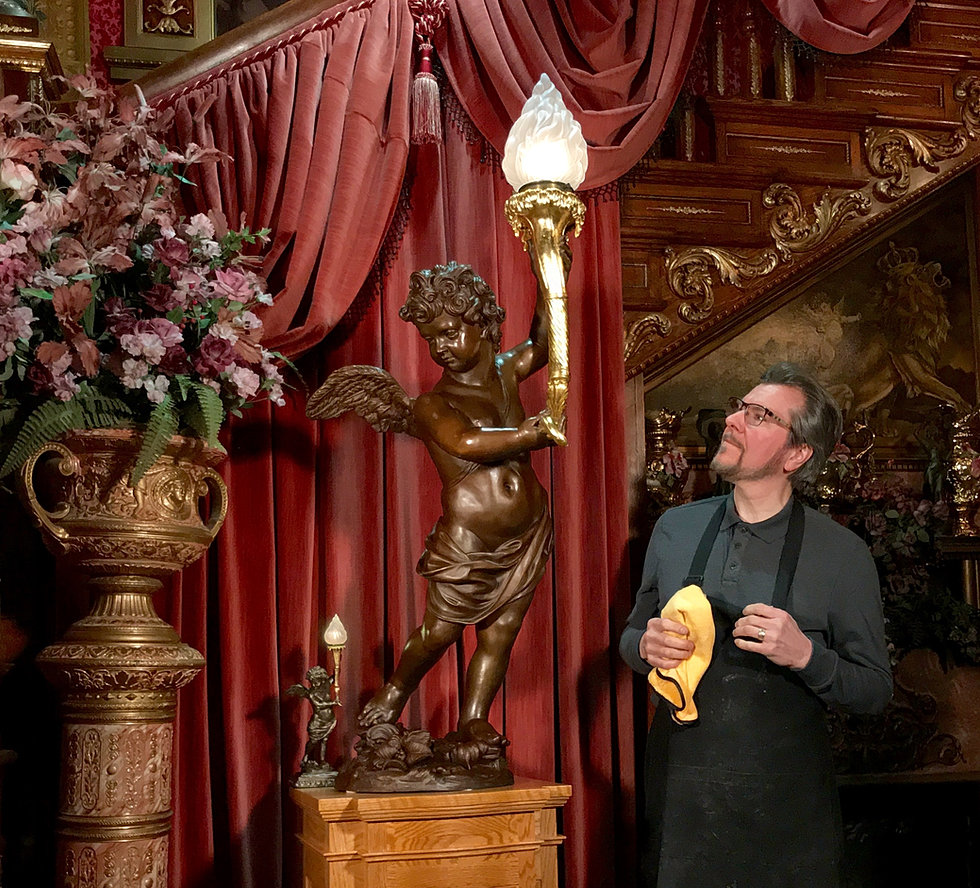Alan St George, a name that resonates within the realm of contemporary sculpture, has left an indelible mark on the art landscape with his evocative representations of historical and cultural themes. But who exactly was Alan St George, and why does his legacy matter? In this exploration, we delve into his net worth, early life, education, career, and uncover some intriguing facts about the artist, while also touching upon the controversies that sometimes surrounded him.
Net Worth
Assessing Alan St George’s financial standing can be elusive, as many artists, especially in the realm of sculpture, often operate outside the stark spotlight of mainstream commercial success. However, estimates regarding his net worth suggest a figure that fluctuated with his career’s ebb and flow. By the time he reached the apex of his career, his net worth was speculated to be in the range of several million dollars. This wealth emanated primarily from the sale of his sculptures, commissioned pieces, and participation in various art exhibits. His works often appealed to collectors and art enthusiasts alike, ultimately cementing his status and economic stability.
Early Life and Education
Born into a milieu that appreciated the arts, Alan St George’s journey commenced in a setting brimming with creative influences. Growing up in Illinois, his formative years were cloaked in a passion for artistic expression. Observing and interacting with various art forms—from painting to music—fostered a unique perspective that would eventually shape his sculptural vision.
His education journey was marked by a strong emphasis on both the theoretical and practical aspects of art. St George pursued his studies at distinguished institutions, where he honed his skills and cultivated a profound understanding of sculptural techniques. Through interaction with contemporaries and mentors, he not only refined his craft but also allowed his imagination to flourish, paving the way for the artistic endeavors that would follow.
Career: A Sculptor’s Odyssey
Alan St George’s career debuted in anonymity, much like many artists. His early works exhibited a keen sensitivity toward historical themes, often navigating the rich tapestry of human experience through intricate designs and formidable figures. As his reputation burgeoned, so did his portfolio—spanning public installations, gallery exhibitions, and private commissions, each reflecting his distinct narrative style.
Perhaps one of his most recognizable works is a series of sculptures depicting the RMS Titanic, transcending mere representation to evoke the emotional gravity of its storied past. Through these pieces, St George invites viewers to engage with history, merging artistic representation with poignant storytelling. His capacity to breathe life into inanimate materials made him a beloved figure among those who appreciated storytelling through visual art.
Additionally, his participation in national and international exhibitions amplified his reach, allowing his work to develop a global following. Collectors often sought out his sculptures, not merely for their aesthetic qualities but for the profound narratives interwoven within. The interaction of form and story in his works promised a shift in perspective, captivating not just seasoned art aficionados but also casual observers who stumbled upon his creations.
Interesting Facts
Diving deeper into the life of Alan St George, several interesting tidbits emerge that contribute to a fuller understanding of the man behind the sculptures. First, his fascination with materials transcended conventional boundaries. Rather than limiting himself to traditional mediums like marble or bronze, St George often experimented with mixed media, bringing a contemporary flair to classical techniques. This willingness to innovate was a hallmark of his approach.
Moreover, his sculptures frequently embodied a sense of movement and fluidity, contrasting the static nature traditionally associated with sculpture. This dynamism created a palpable energy, making his works seem alive within their environments, allowing spectators a chance to engage on a visceral level.
St George was also known for his philanthropic endeavors, frequently donating a portion of his earnings to local arts programs aimed at inspiring the next generation of artists. This commitment to fostering creativity in young minds spoke volumes about his belief in the transformative power of art—a belief that resonated through both his creations and actions.
Controversies: Navigating the Art World
Moreover, his methods sometimes drew scrutiny. Critics suggested that his reliance on technology for certain aspects of his work diluted the authenticity inherent in traditional sculptural practices. St George, however, maintained that these tools were merely extensions of his artistic vision, emphasizing the importance of evolution in art.
In conclusion, Alan St George navigated a complex landscape filled with triumphs, artistic innovation, and the occasional controversy. His contributions to sculpture transcend mere aesthetics, inviting viewers to engage in historical conversations and emotional explorations. Whether through the encapsulating drama of the RMS Titanic or his diverse array of sculptures, he has undeniably reshaped perspectives on how art interacts with history and memory. As we continue to reflect on his legacy, it serves as a reminder of the profound impact that one individual can have on the vast tapestry of cultural expression.




